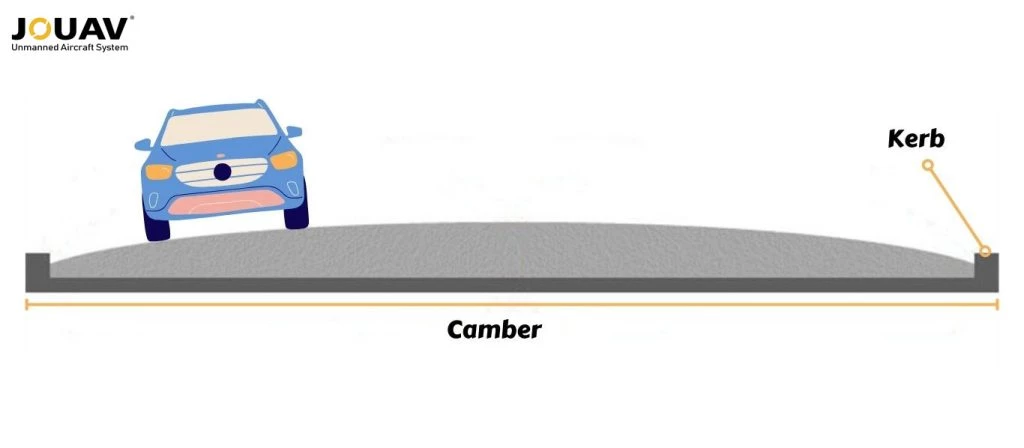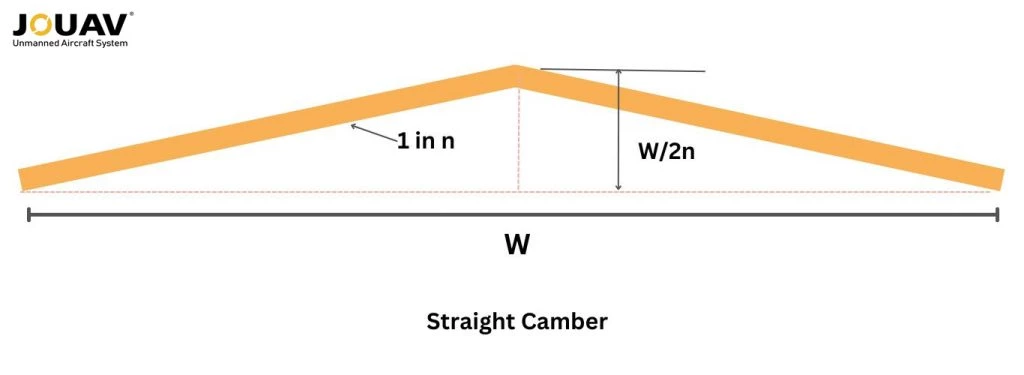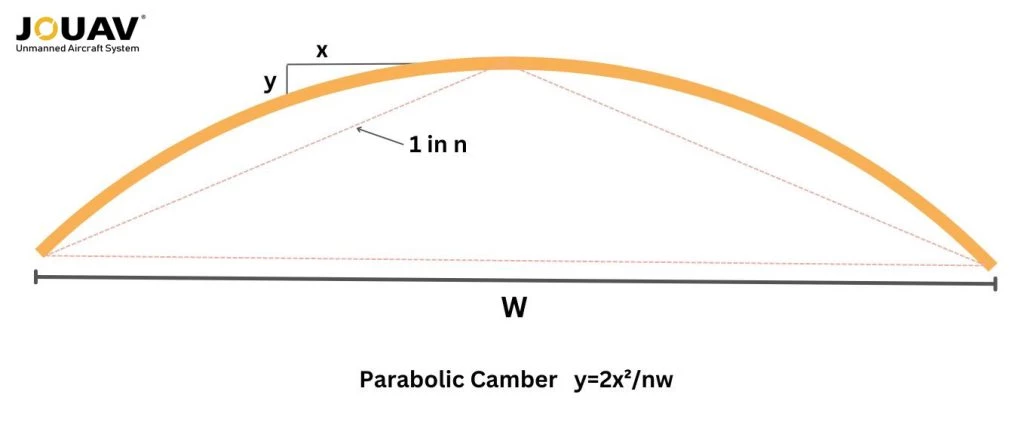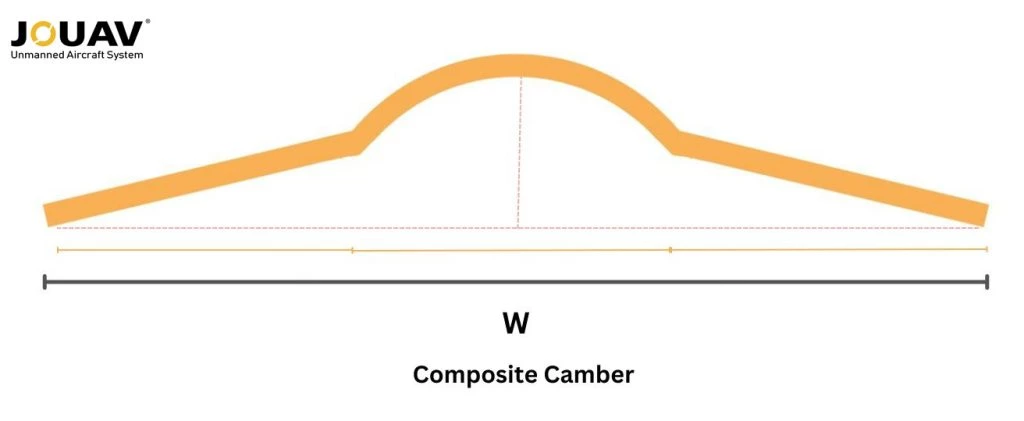Ever driven on the road and noticed it's not perfectly flat? That subtle tilt from the center outwards is called camber in roads, and it's a clever engineering trick most drivers don't even realize is there. This slant isn't just for looks; it's designed to drain rainwater off the road efficiently. By keeping water moving, camber in roads prevents puddles and protects the road itself, especially during heavy storms. But camber does more than just fight the weather. It also helps vehicles stay stable, especially on curves, by giving tires a better grip on the road. This guide will explore the why and how of camber in roads, from different types to how it's built, and even some cool new tech used to measure it. Camber is a transverse slope on the road surface, meaning it slopes from the center crown towards the edges. This intentional tilt acts like a drainage system, channeling rainwater away from the road surface and towards the shoulders. Proper camber offers several advantages: While the overall purpose of camber – efficient drainage of rainwater – remains constant, there are different ways to achieve this slope on a road surface. Straight camber is like the classic teepee – easy to build with straight lines. This makes it popular and affordable for most roads. But just like a teepee might leak in heavy rain, straight camber struggles to drain wider roads quickly. Parabolic camber, on the other hand, is like a sleek sports car. It has a smooth, curved design that efficiently channels water away from the road, perfect for highways and areas with lots of rain. However, building these curves requires more skill and fancy equipment, which can bump up the cost. Additionally, the steeper edges might wear down faster and need curbs for safety, adding another layer of complexity. Finally, composite camber is the "just right" option. It combines the ease of straight lines with a slightly curved center, offering better drainage than straight camber but being easier to build and maintain than a full parabolic design. It's like a well-designed hybrid car – efficient and practical. Not all roads are created equal, and the same goes for camber! The ideal slope for efficient drainage depends heavily on the type of road itself. The necessity for camber depends on the type of pavement and its permeability. Impervious surfaces like concrete or bituminous pavement require less camber because water doesn't readily penetrate them. Conversely, water-permeable surfaces like water-bound macadam (WBM) or earthen roads need steeper camber to ensure proper drainage and prevent water from damaging the road base. While drainage is king, traffic volume also plays a role. High-traffic roads might benefit from a slightly steeper camber to handle more water runoff. However, there's a catch – excessive camber can lead to uncomfortable driving experiences with issues like side thrust on steering wheels and difficulty overtaking. So, engineers strike a balance between drainage efficiency and driver comfort. Rainfall patterns significantly impact camber design. Areas with heavy downpours require steeper slopes to ensure water flows off the road quickly. Conversely, regions with less rain can get away with a gentler camber. Camber design isn't just about creating a slope; it's about achieving a specific ratio between the vertical rise and the horizontal distance. This ratio, often referred to as the camber rate or transverse slope, is typically expressed in two ways: In many countries, including India, road design standards are established by national organizations. Here, the Indian Roads Congress (IRC) provides recommended camber values for different types of pavements: Traditionally, camber is measured manually, a process that involves physically measuring the vertical height and horizontal distance of the pavement. Measuring Tools: A level, a measuring tape, and possibly a plumb bob (optional) Step 1: Find a flat, straight section with a consistent camber (avoid curves or uneven areas). Step 2: Measure the vertical rise (h). Place the level on the road edge until the bubble is centered. Move it inwards until centered again. The distance from the edge to this point is your rise (h). A plumb bob can help pinpoint it. Step 3: Measure the horizontal distance (d). From the point where you measured the rise, use the tape to measure the horizontal distance to the opposite edge. Step 4: Use the formula: Camber Ratio (1 in n) = h / d Example: This means for every 1 cm rise towards the center, there's a horizontal distance of 40 cm. Percentage Conversion: Camber Percentage (%) = (h / d) x 100% This method requires surveyors to work on busy roads or in adverse weather conditions, posing safety risks. Measuring multiple sections is tedious and labor-intensive, and uneven surfaces may introduce errors, necessitating multiple measurements for accuracy. While suitable for spot checks, this method is inefficient for large projects. Modern drones, such as the JOUAV CW-25E equipped with high-resolution cameras and LiDAR (Light Detection and Ranging) sensors, have revolutionized road construction and maintenance by providing detailed 3D models of road surfaces and accurate camber measurements over extensive areas. Silicone Roller,Silicone Rubber Embossing Roller,Conductive Roller,Traction Transmission Roller Jiangyin Mingda Rubber Roller Co,Ltd , https://www.mingdaroller.com
What is Camber in Road?

Why is Camber Provided in Roads?
Types of Camber in Roads
Sloped or Straight Camber

Parabolic or Barrel Camber

Composite Camber

Factors Affecting Camber Design
Pavement Type

Traffic Volume
Rainfall
Recommended Camber Values for Different Road Surfaces
IRC Values of Camber of Roads
Category of surface
Annual low rainfall (less than 1500mm)
Annual high rainfall (more than 1500mm)
Cement Concrete/Thick Bituminous
1.7% (1 in 60)
2.0% (1 in 50)
Thin Bituminous
2.0% (1 in 50)
2.5% (1 in 40)
Gravel road/ Water Bound Macadam
2.5% (1 in 40)
3.0% (1 in 33)
Earth
3.0% (1 in 33)
4.0% (1 in 25)
How to Check Camber in a Constructed Road?
How Drones Can Help with Efficient Camber Measurement?

Camber in Road: Importance, Types, and Measurement